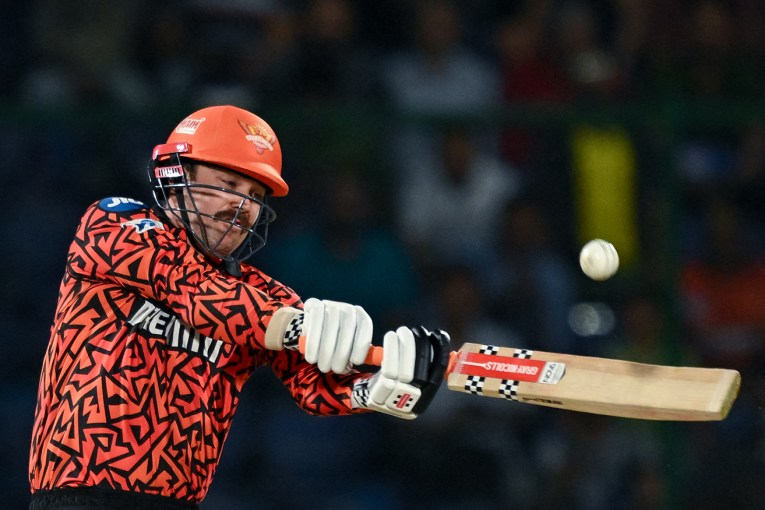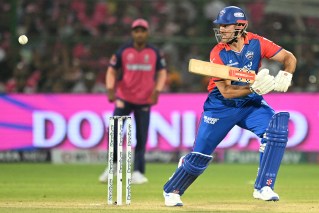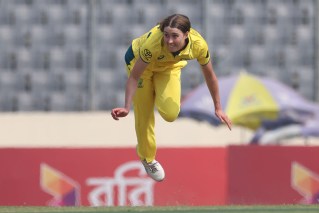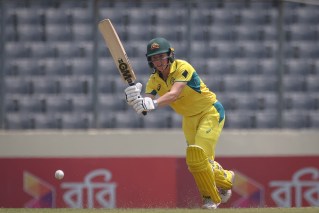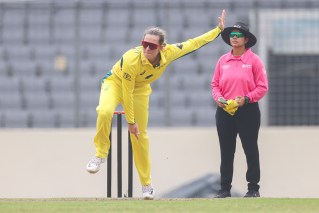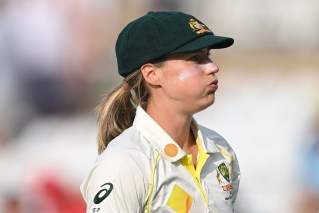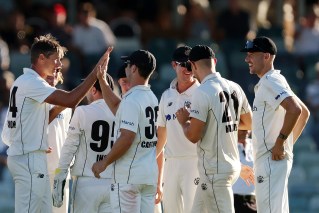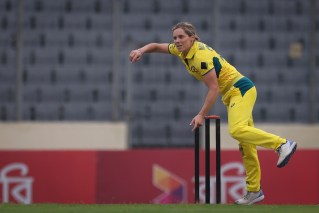Starc to be a victim of cricket climate change

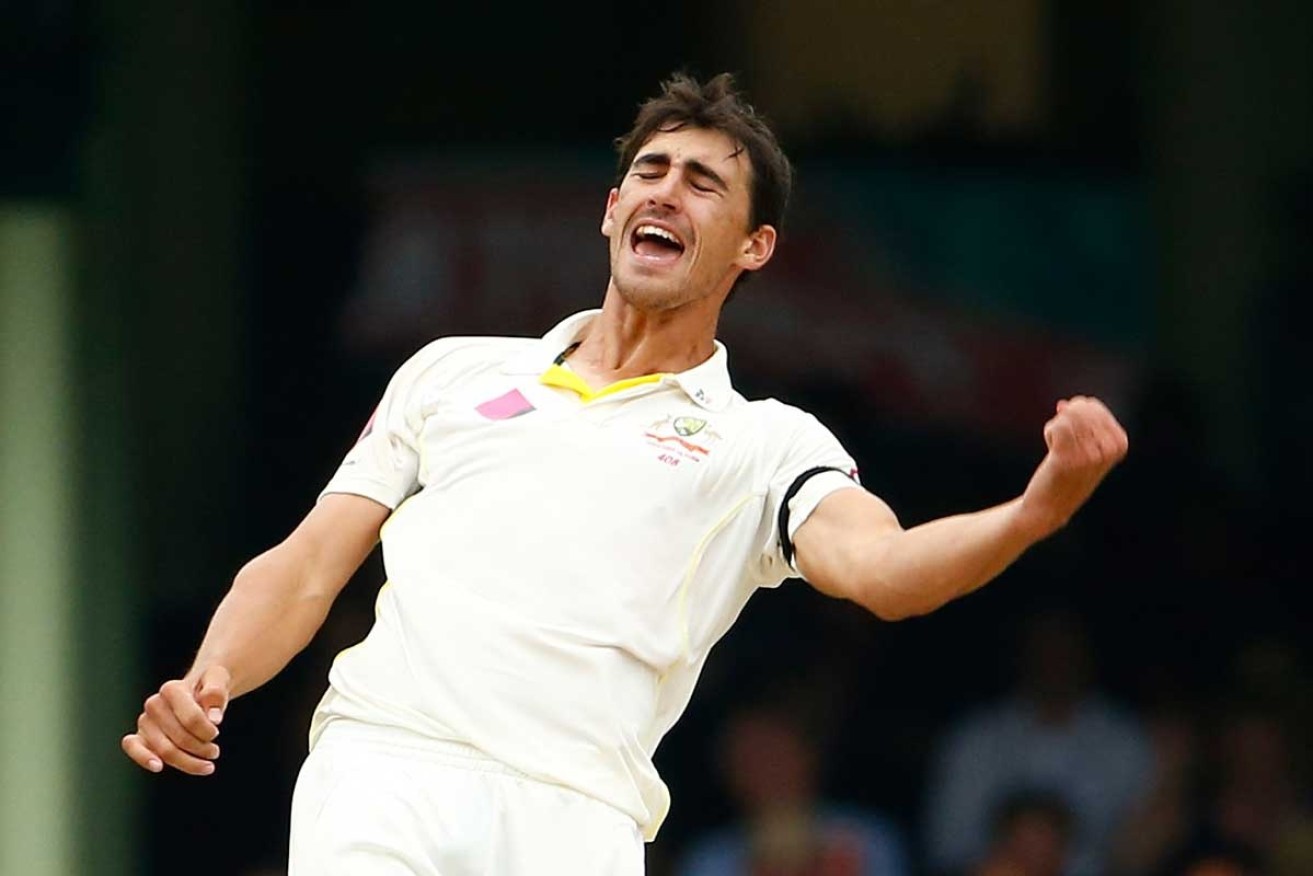
Mitchell Starc is back from injury and ready to fire up Australia in the Sydney test Photo: Getty
It’s a striking descent.
Flying towards Dominica’s northeast flank it’s a sea of green; mountains followed by valleys, then tropical forests – one a World Heritage site.
This is the Caribbean’s “Nature Island”; a badge it wears proudly on billboards and brochures. But beneath the tranquil backdrop, the island state’s lot in life isn’t quite that simple.
• Cricket crooks and jihadists
• Why Chris Rogers is an inspiration
• Bayliss honoured to take England role
The UN has classified it one of the small nations most vulnerable to climate change with 90 per cent of the population living in coastal settlements.
They concluded there’s “very little room for expansion” except in areas susceptible to hurricanes. Projected rising sea levels complicate matters further.
Through no fault of their own, it is conceivable some will be exposed to the threat that their homes will one day no longer be safe, joining the ranks of ‘climate refugees’ that have been a core concern of climate policy experts for a decade or more.

Fawad Ahmed adds to the canon of awkward athlete portraits, on the streets of Dominica. Photo: Getty
In the more immediate term Dominica could be host to a different displaced person: Australian cricket’s first ‘IPL refugee’.
If you’ll excuse the irreverence of the analogy, this looks to be the fate of Mitchell Starc – the Test team’s most-droppable man – when their Frank Worrell Trophy defence starts this Wednesday.
Simply put, presupposing a Fawad Ahmed debut, one of Starc or Josh Hazlewood will be forced to miss out here to make room for a second twirler.
And it will almost certainly be the former, fresh from IPL duty, who ends up mixing the drinks.
This belies the fact that a compelling case can be mounted that Starc is Australia’s most forceful weapon.
With his late-swing gift, and tail up after a tremendous 2015 to date in the shorter forms of the game (including a rude World Cup), he is probably the world’s in-form quick.
It’s astonishing too that his omission would mark the 12th time in a 15-match career to date that he’s been dropped (or rotated) out of the Test XI, never having played more than two on the bounce.
Yet, here we are again. And, somehow, it looks the obvious call.
Starc arrived in Antigua the day before last week’s tour game, given a breather with others fresh out of IPL action, including the attack’s established talisman Mitchell Johnson.
This afforded Hazlewood a valuable opportunity to lead Australia’s attack, one that he didn’t miss in a highly impressive display of new-ball bowling where he found edges and hit pads.
He collected five early wickets across the innings, putting the cue in the rack the second time around with 3-4 to his name after wickets in each of his first three overs.
He also reverse-swung the old ball decidedly earlier in the match, perhaps just as important for the long days of attritional cricket that doubtless awaits the tourists.
A workhorse with a wicket-taking habit, these Caribbean courses look to suit him well.
But this story isn’t a story about last week alone.
Rather, this is the payoff from a deliberate plan set in train in January when both of the New South Welshmen were playing in a Test again India.

Josh Hazlewood’s Test bowling average is 29, compared to 35 for Starc. Photo: Getty
Back then, Cricket Australia and Hazlewood came to an important decision: he’d miss the 2015 IPL tournament, foregoing a $100,000 contract with the Mumbai Indians to give his body a preparation expressly tailored for the West Indies-England odyssey.
It’s far from the modern practice to miss chances to cash in at the IPL, but a product of this sacrifice is that Hazlewood looks to have stuck his landing perfectly by retaining his spot, even with the quota for quicks reduced from three to two.
By doing so, he’ll play his fourth consecutive Test since his five-wicket Brisbane debut.
For Starc, there’ll continue to be chatter that his red-ball game is unproven.
On paper, plainly it’s the case that his Test bowling average could do with losing some flab (35).
In saying that, this narrative must frustrate him given that last start in Sydney was also close to his most impressive in the baggy green.
He stepped into Johnson’s stud position and did it well with big top-order wickets and healthy rhythm.
The helicopter view here is that both Starc and Hazlewood are both not only integral fixtures to the Australian line-up on this protracted tour, but for the better part of the next decade.
Combined with James Pattinson, Pat Cummins and Jason Behrendorff, they are the pace battery backbone of a generation or more.
What’s also certain is that lucrative T20 cricket is here to stay, and no one should begrudge professional cricketers making the most of those opportunities.
What will be fascinating, however, is whether this current episode provides pause for thought for these fast bowlers on the cusp of the national side into the future.
Adam Collins is an Australian cricket writer. Follow him here @collinsadam
